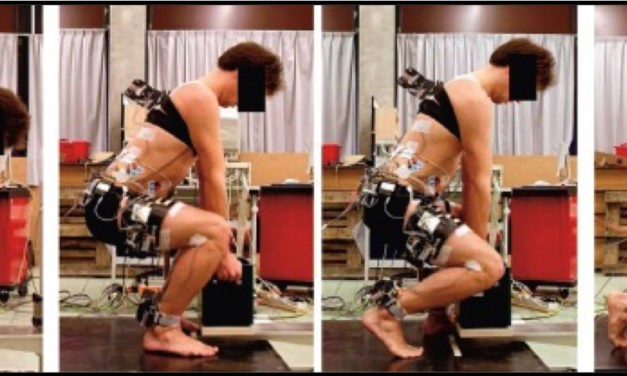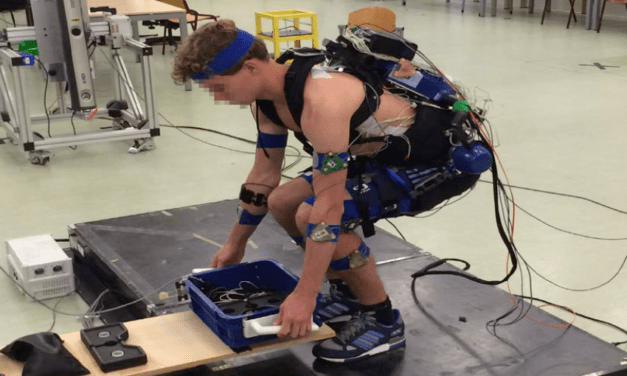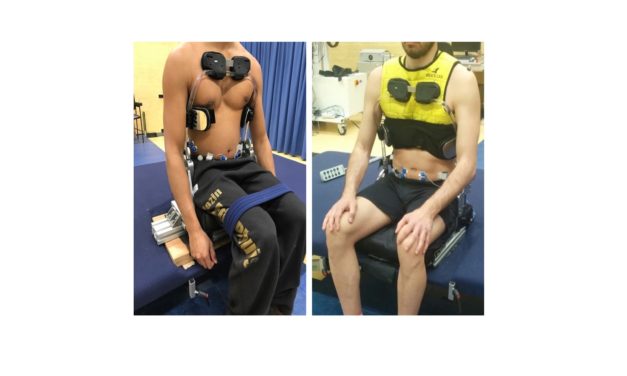Wearable Robotics: Exo-Aid for augmenting human physical capacities
Patients with pareses such as Duchenne Muscle Dystrophy gradually lose control of their muscles and at some point during development of the disease they are unable to stabilize and move their trunk and head. This impedes not just head and trunk function but also arm function. In this project, we aim to develop passive and actuated supports for the trunk and head, and to improve our understanding of key design features that optimize the ability of patients to extend their activities of daily living when using such devices.
Read More

